How to Have Comfortable Meditations Using These 7 Items

My (common and uncommon) meditation essentials
*“Are the 10 minutes over yet?” *I thought to myself, sitting on the floor in a small, high hotel room in Bangkok, with closed eyes waiting for something to happen.
I’d resolved to meditate every day for at least 10 minutes. Yet, needless to say, I wasn’t getting anywhere.
With the lack of any meditation equipment, I’d placed a soft pillow on a thorny mat, imagining myself to be some kind of a yogi perhaps.
Within seconds my legs started paining and I couldn’t hold myself still. My posture was one of the biggest hurdles to establishing a consistent meditation practice at that time.
Moreover, I didn’t realize how important the posture was to have a comfortable meditation.
The mind and the body are more connected than we all can imagine. They constantly influence each other.
In a general sense, Amy Cuddy’s TED Talk, tells us all we need to know. Different kinds of postures induce different states of mind — confidence or cowardness depending on which pose you choose. For instance, assuming a power pose before an interview can instantly improve your confidence as well as the interviewer’s perception of your ability.
Applying the same concept to mediation, it’s important to sit in a certain manner for your practice. For one, it makes a psychological connection between the mind and body.
If you always sit on a cushion to meditate for example, then the mind will know it’s time to meditate. Thus, a seemingly small change can have a big impact.
Your posture can thus make or break your meditation. If you take too much back support, it will make you fall asleep but if you try to assume the lotus pose from day one, it will distract you.
To make sure I’m able to sit for long periods of time without disturbances and distractions, here are the meditation essentials I use.
Mat
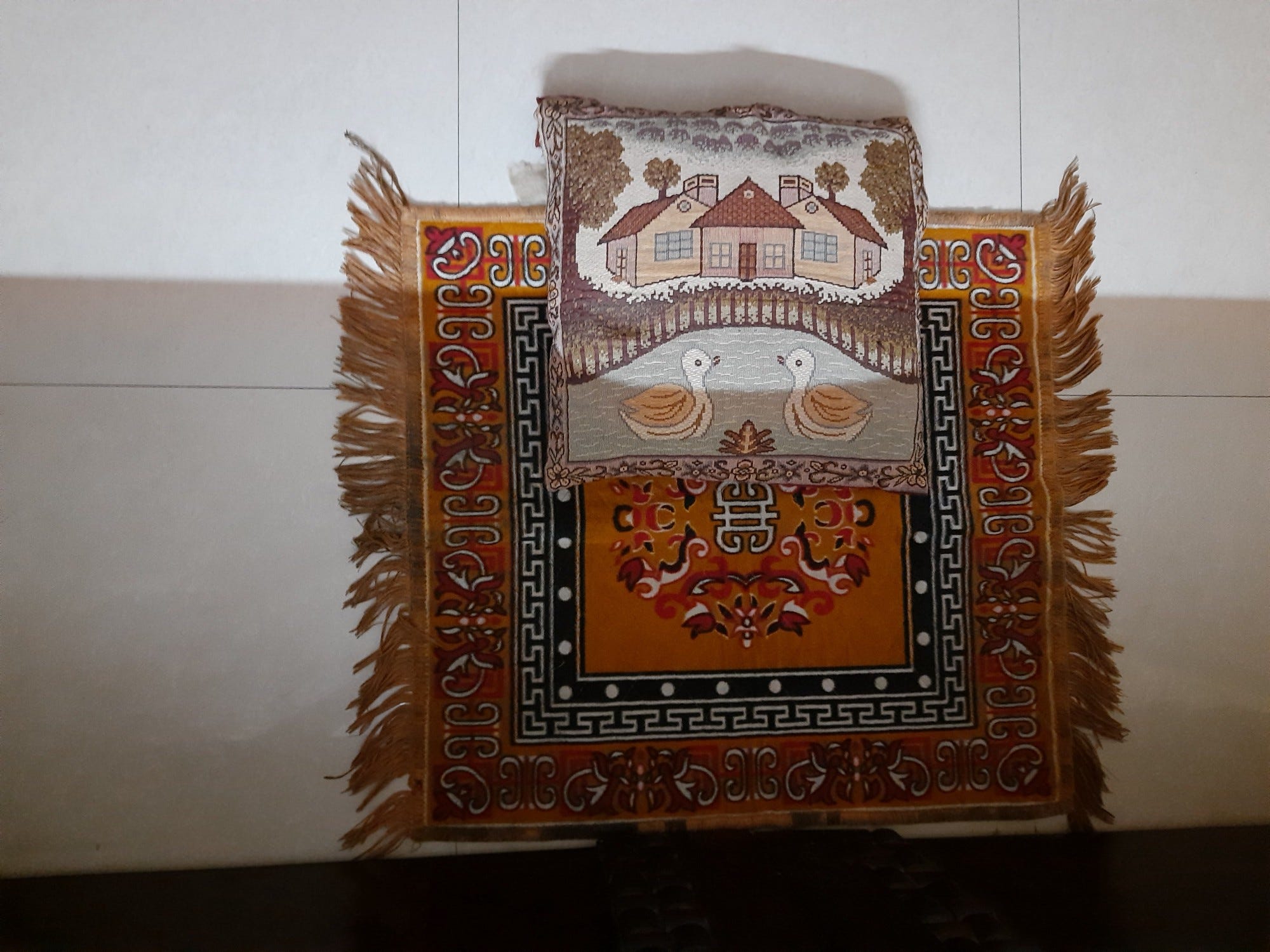 Photo by author
Photo by author
It’s commonplace knowledge amongst yogis that sitting on the bare floor is not the ideal position for meditation.
This is why many yogis in the past used tiger skin or deer skin as their mats. (It’s important to note that no killing was actually involved. The skin was taken when animals died their natural death).
Swami Sivananda writes in May I Answer That:
From the spiritual point of view, the sages found that doing Sadhana seated on a deer-skin was highly conducive to Siddhi. The power generated in the body through Sadhana was preserved by the skin.
The subtle reason is that animal skin creates insulation between the energy of the body and the magnetic pull of the earth.
But since obtaining animal skin is difficult and even illegal, it’s safe to use a mat made with a combination of wool and silk. Silk repels certain earth currents better than cotton.
Nevertheless, the differences are subtle. You may or may not notice these. Don’t make or break your practice on this matter. What’s important is you meditate.
Being born and brought up in a Hindu family, we have several such mats. If you don’t you can find one on Amazon.
Cushions
Every one should find a spot that helps them sit without legs going numb or to sleep. It’s a major distraction during meditation.
For me two cushions work best — one to sit on and another below my right thigh.
Sitting on a cushion gives an elevation to the buttocks which makes it easier to keep the spine straight during mediation. A straight spine helps energy to flow freely to the brain.
Shawl
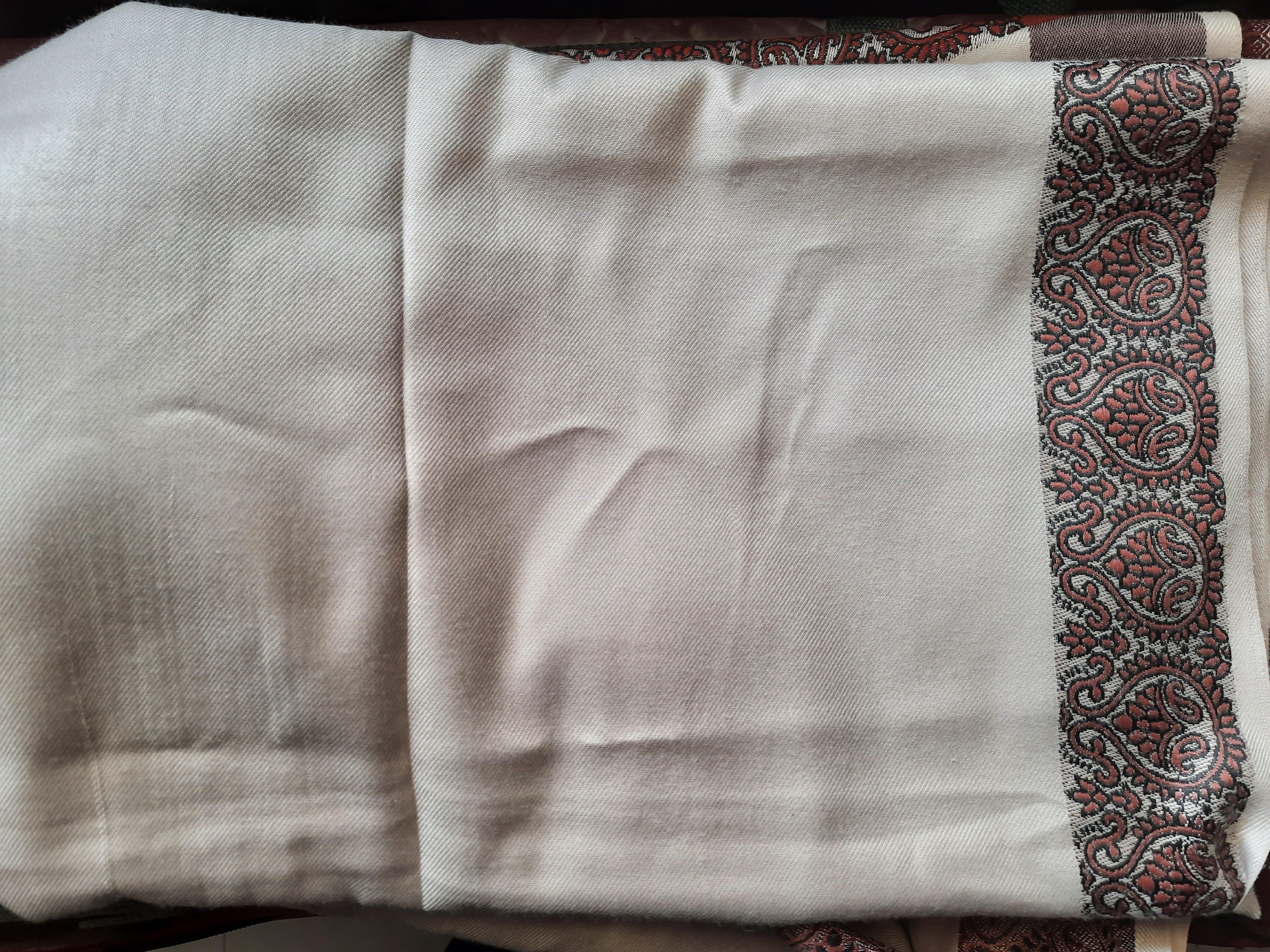 Photo by author
Photo by author
A shawl is better than a jacket, sweater, or other extra layers of clothing. Removing clothes is difficult during meditation, adjusting the shawl is easier.
Plus, the way a shawl wraps your whole body makes it easier to stay still. It wraps the positive energy that you accumulate while you meditate.
Also, while meditating, you start to withdraw attention from the body. As a result of being still, it cools down. And the shawl provides extra warmth.
As a side note, blankets and shawls almost always induce a psychological sense of comfort and relaxation.
As for the material, I use a silk shawl since it’s not too hot, unlike a woolen shawl.
Earmuffs
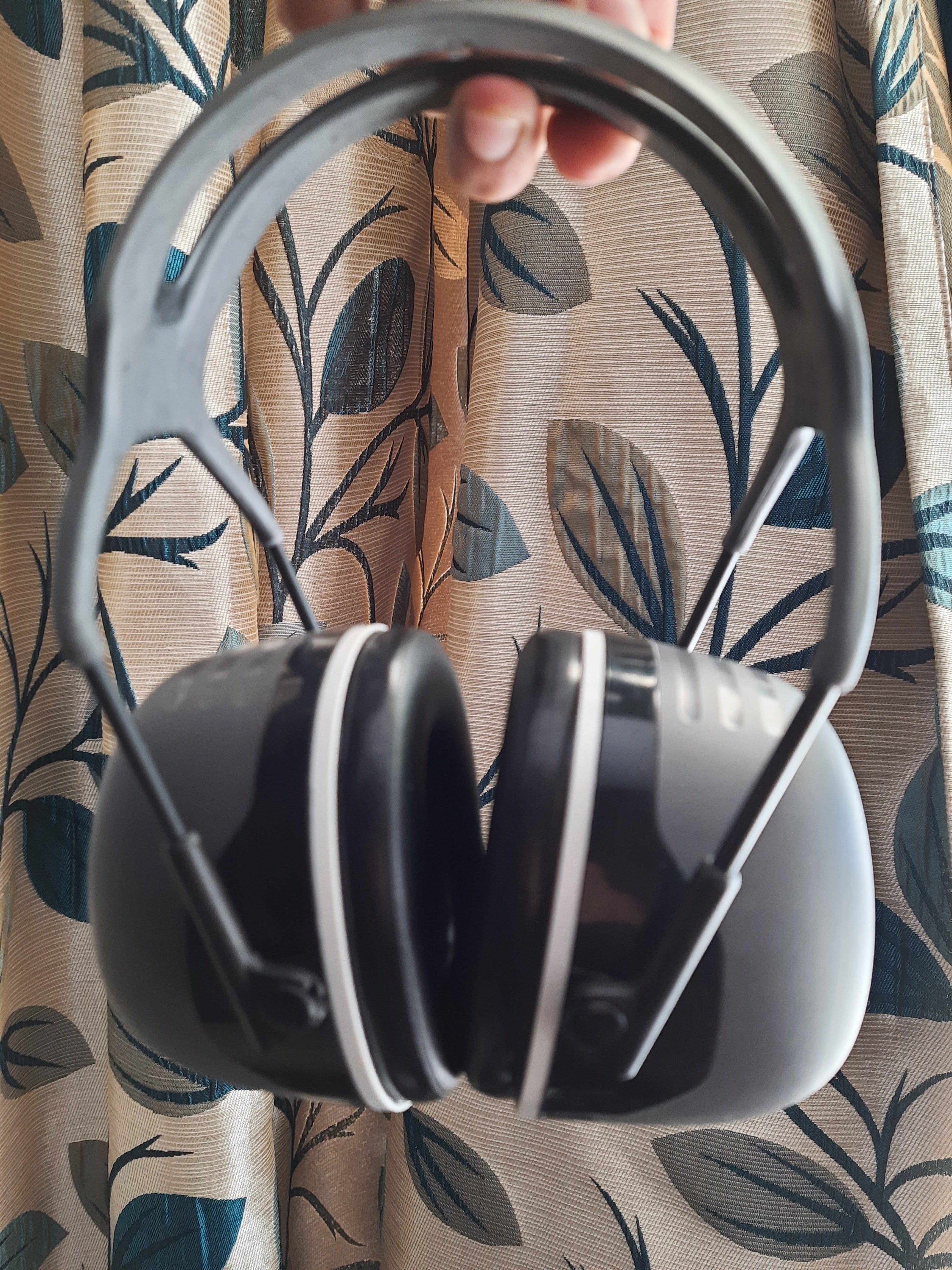 Photo by author
Photo by author
I use the 3M industrial earmuffs. They are magic.
They block outside noises completely but still let you hear the noises near you — meditation timer, the phone ringing, and so on.
I live with my family and it isn’t always easy to tell them to be quiet when I meditate. Further, I meditate for an hour at a time so they can’t possibly be silent for that long!
If your meditation place has a lot of disturbances that you can’t avoid, then these earmuffs are great.
They can seem heavy to some people while meditating, but I’d much rather prefer a little heaviness than constant distractions.
As an alternative, you can also try using silicon/foam earplugs though I’ve found them to mostly be of the use-and-throw variety and not as effective.
Beads
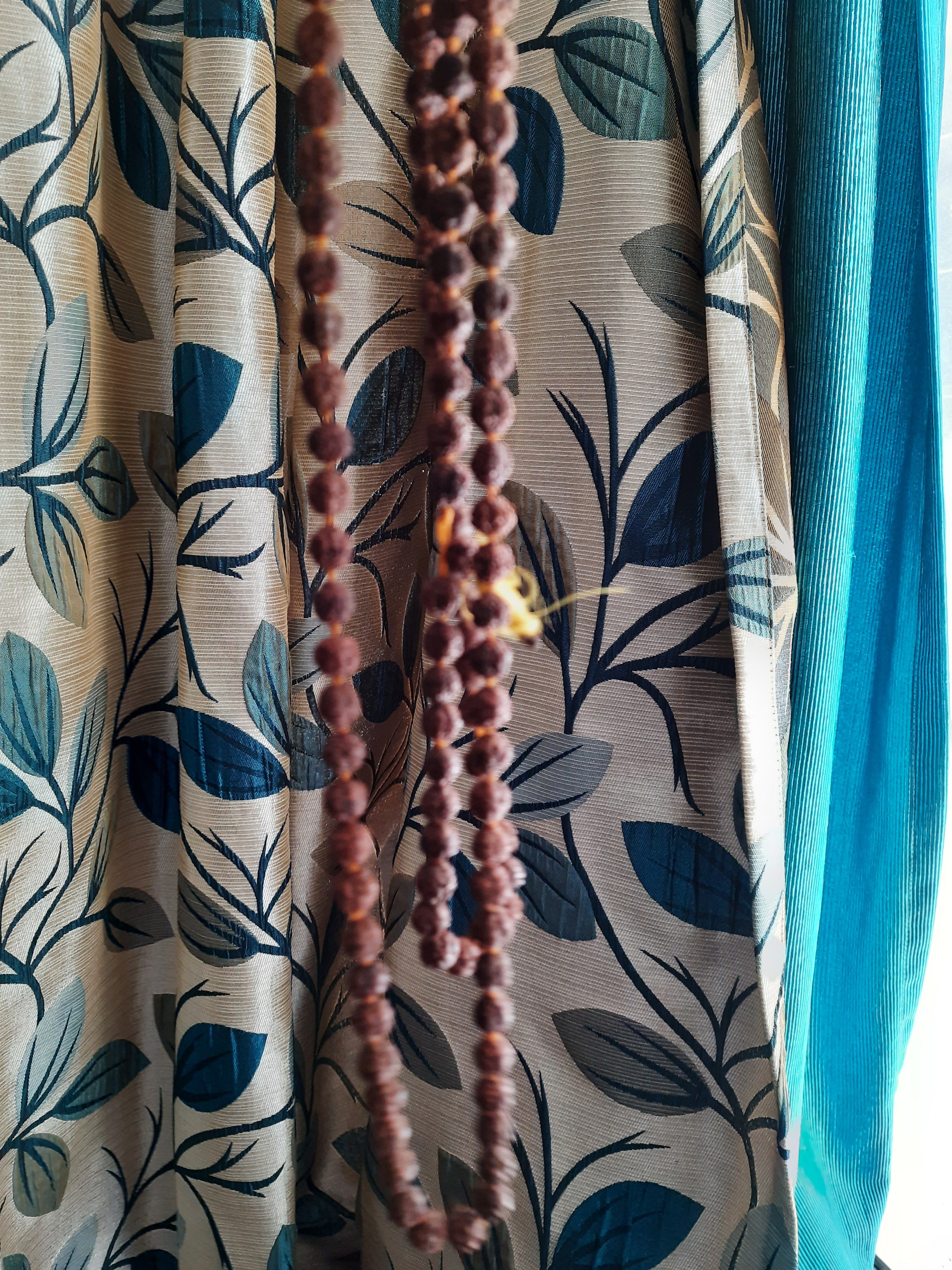 Photo by author
Photo by author
At the most basic level, meditation malas or beads help you focus during your meditation.
Concentrating during meditation is not always easy. Many people find it hard to focus on the breath or some body part for example. This is where beads can help you.
The repetitive movement of touching the beads helps to ground you. Plus, when you chant a mantra every time you take your fingers through the beads, it’s easier to keep count of how many times you’ve chanted.
Beads don’t have to be composed of fancy stones. Normal ones just work fine.
I use the beads for a specific technique of chanting but apart from that, I rarely use them. They come in handy throughout the day if I want to have a quick mindfulness session if I feel I’m losing some of the calmness and peace I experience.
Harmonium
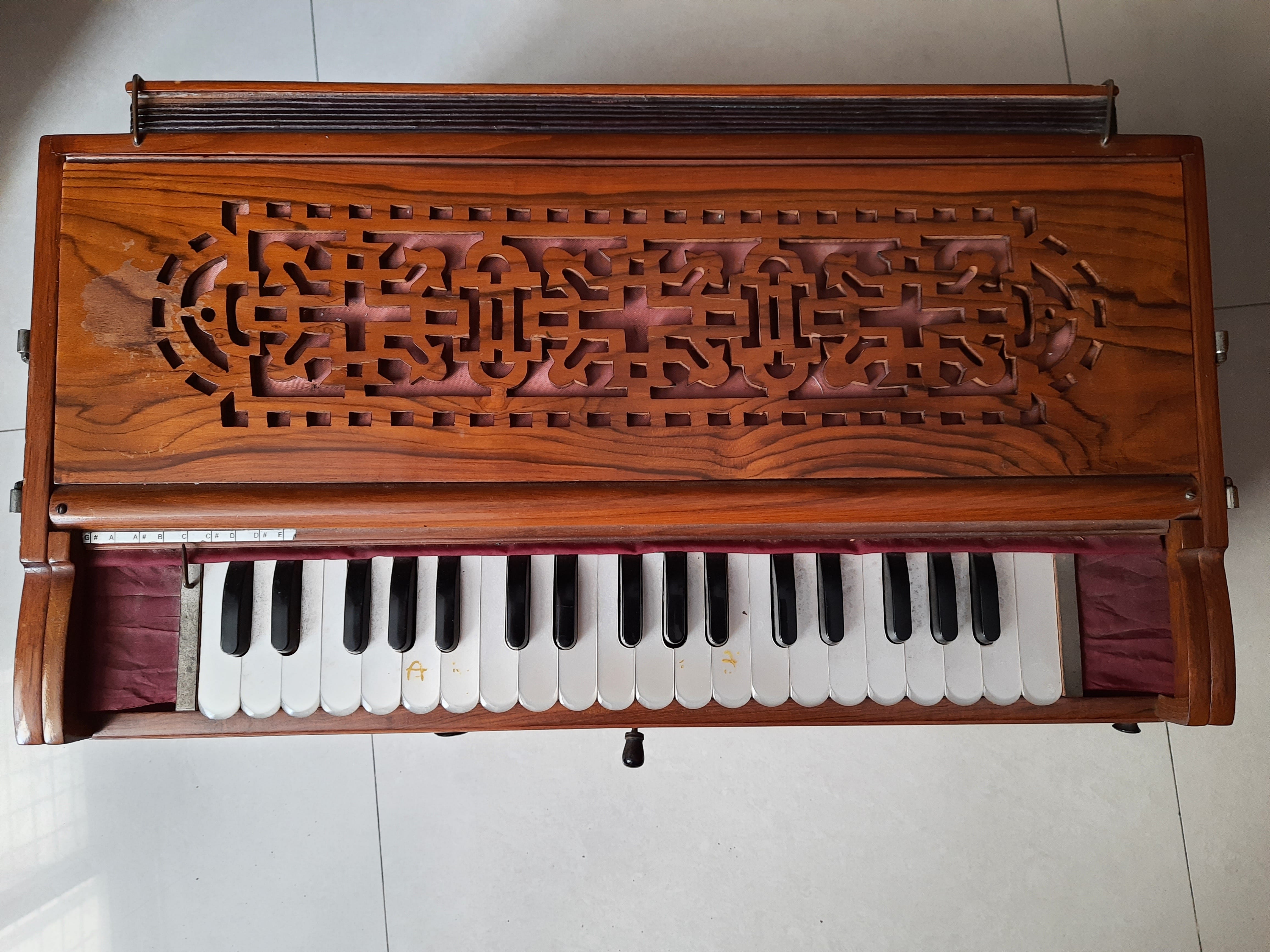
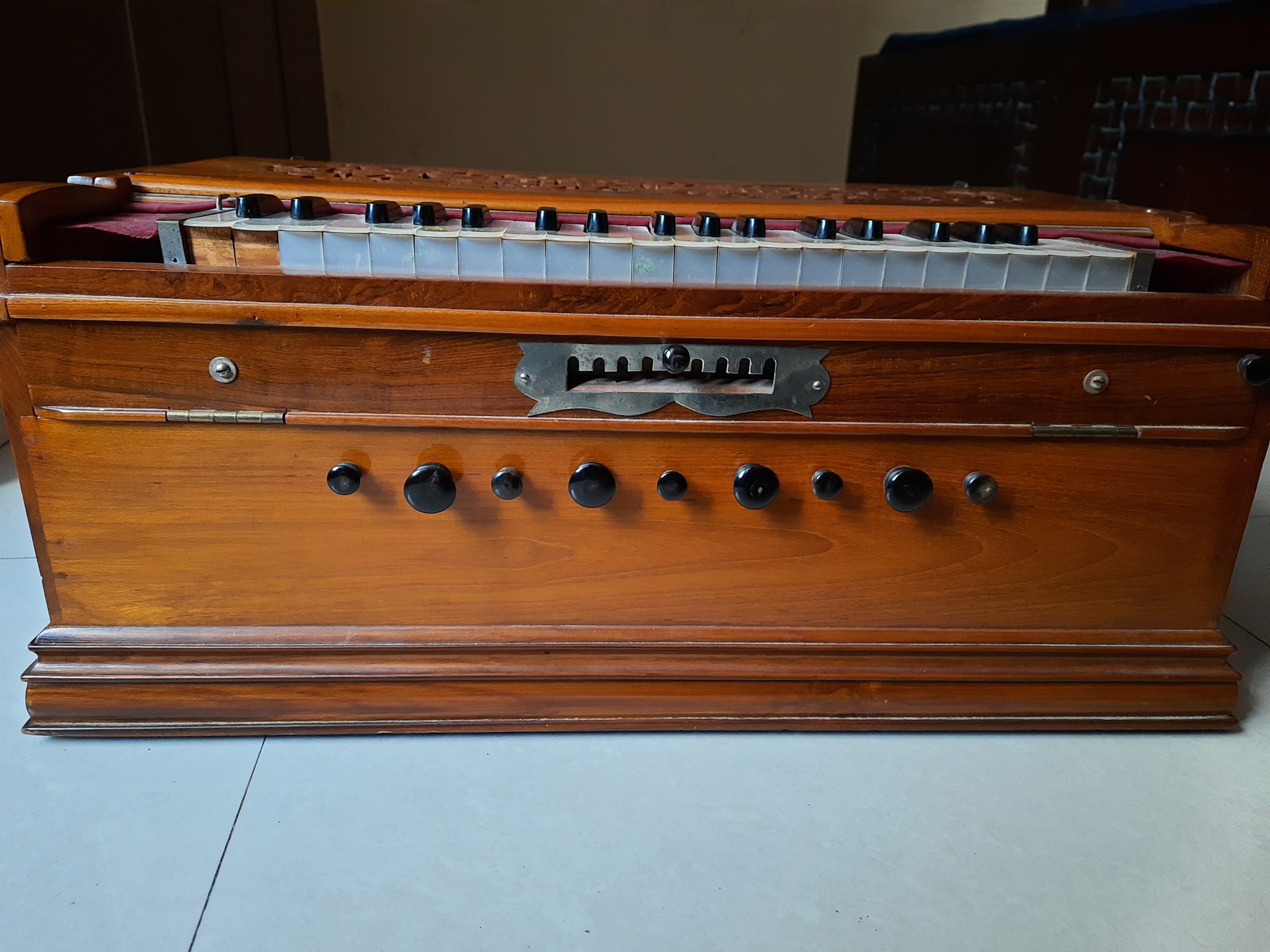 Photo by author
Photo by author
A harmonium is a keyed instrument that originated in India. It’s a modified version of the reed organ, with keys like the piano and bellows to pump air into the instrument.
I use the harmonium to chant mantras and other devotional chants.
Chanting at its core is about expressing your love and devotion to God.
More than anything, chanting helps to concentrate the forces of your mind on meditation and divine qualities. Often the mind is scattered throughout the day and chanting is a powerful way to bring it back at one point before meditation.
Even if I’ve had a distracted day, five minutes of chanting is all I need to get in the right state of mind. It’s the number one tool to prepare my mind for longer meditations.
A T-Shaped Board
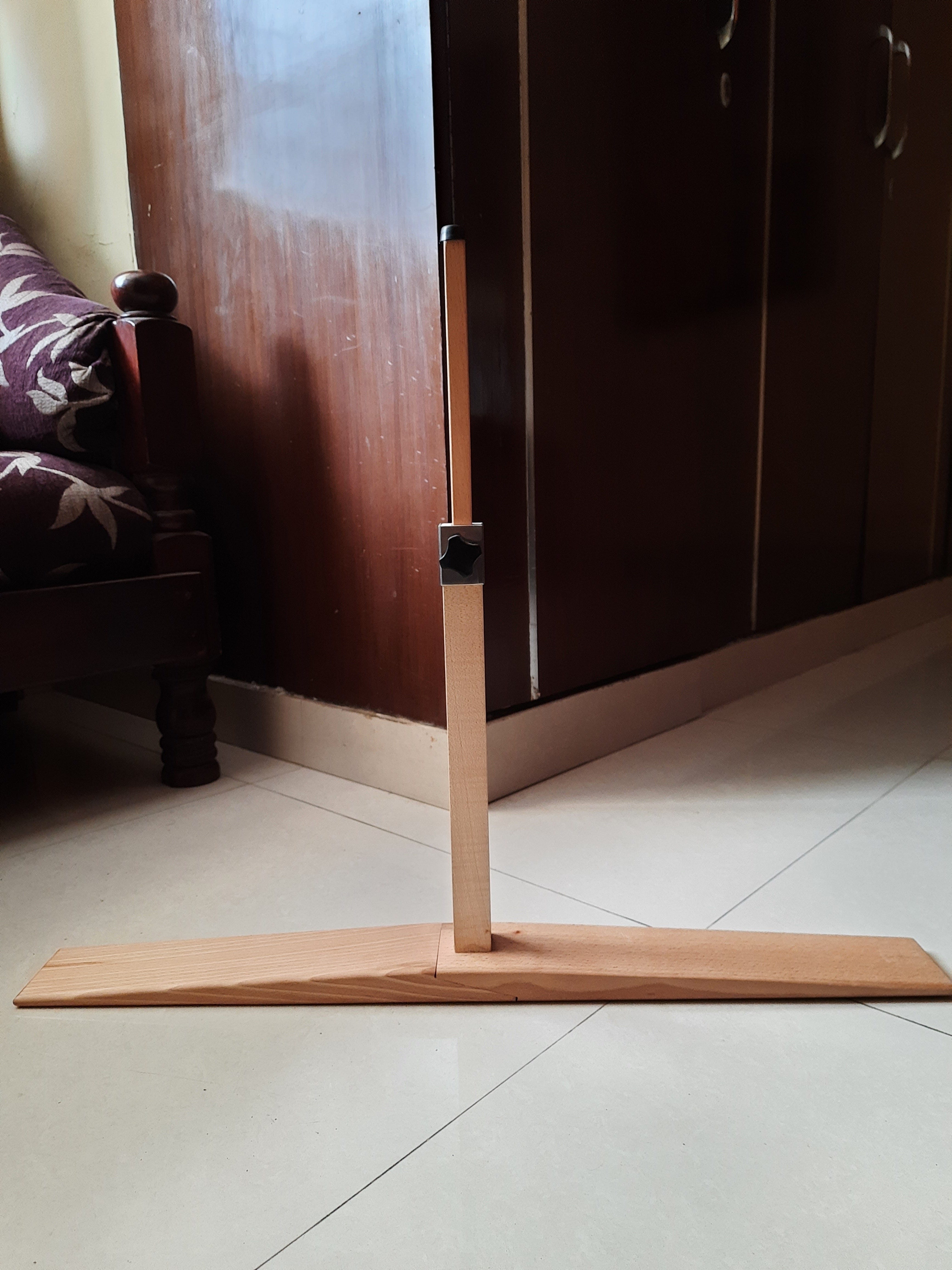 Photo by author
Photo by author
Yogis of yore used to carry a similar tool which is commonly known in Hindi as a “Danda” literally meaning stick. Prevalent knowledge tells us that this stick was used by yogis to do Japa meditation
This T-shaped board is also called an Aum Board. It’s also used to practice the AUM technique of meditation.
AUM is the Holy Ghost or the great Comforter referred to in the Bible as God’s manifestation of creation through vibration. It is the vibration of all life– all creation. Thus, it can be heard within us and all around us.
The Aum technique gives people a scientific technique for contacting Spirit through deep concentration on the inner Cosmic sounds and vibration of AUM. It is a tremendously powerful tool for self-realization by bridging our individual consciousness with Cosmic consciousness.
Learn more about why we meditate on Aum.
To Sum Up
Here are all the mediation essentials I use daily that help me
-
A mat
-
2 cushions — one to sit on and one below my right thigh
-
A shawl to maintain the right temperature while meditating
-
Earmuffs to block noise
-
Beads for concentration or Japa meditation
-
Harmonium for devotional chanting
-
T-shaped board (or Aum board)
Feel free to experiment with one or more of these to have better meditations yourself. And if something helps you, do let me know!
Struggling to meditate? Get your free 7 Day email course — Meditation 101: How to Start Meditating